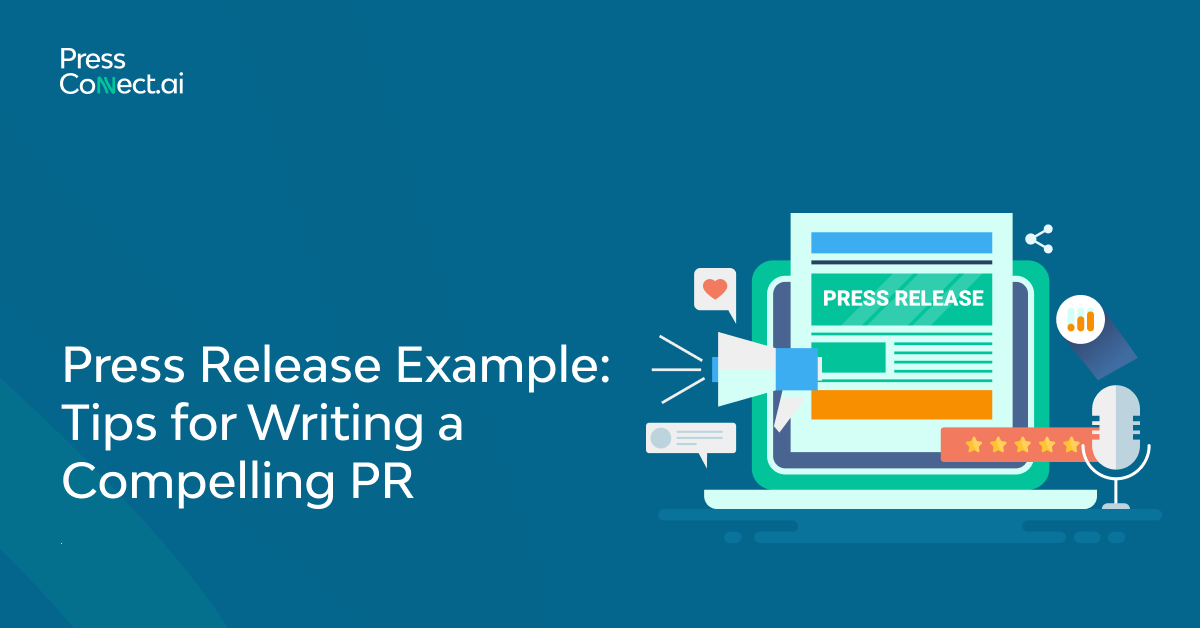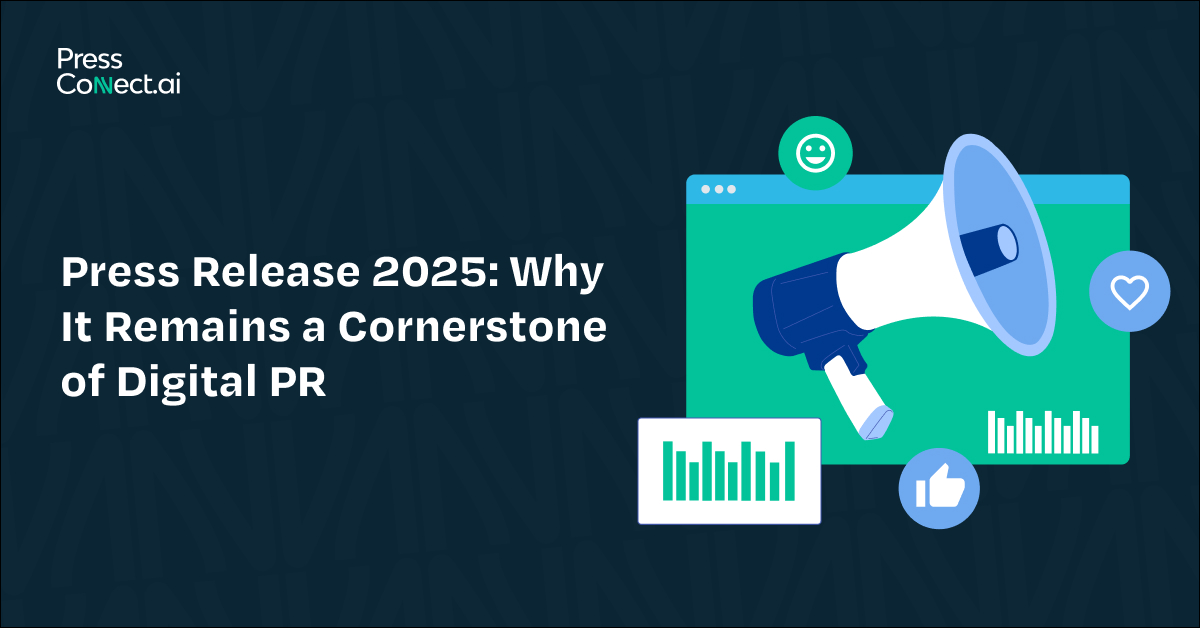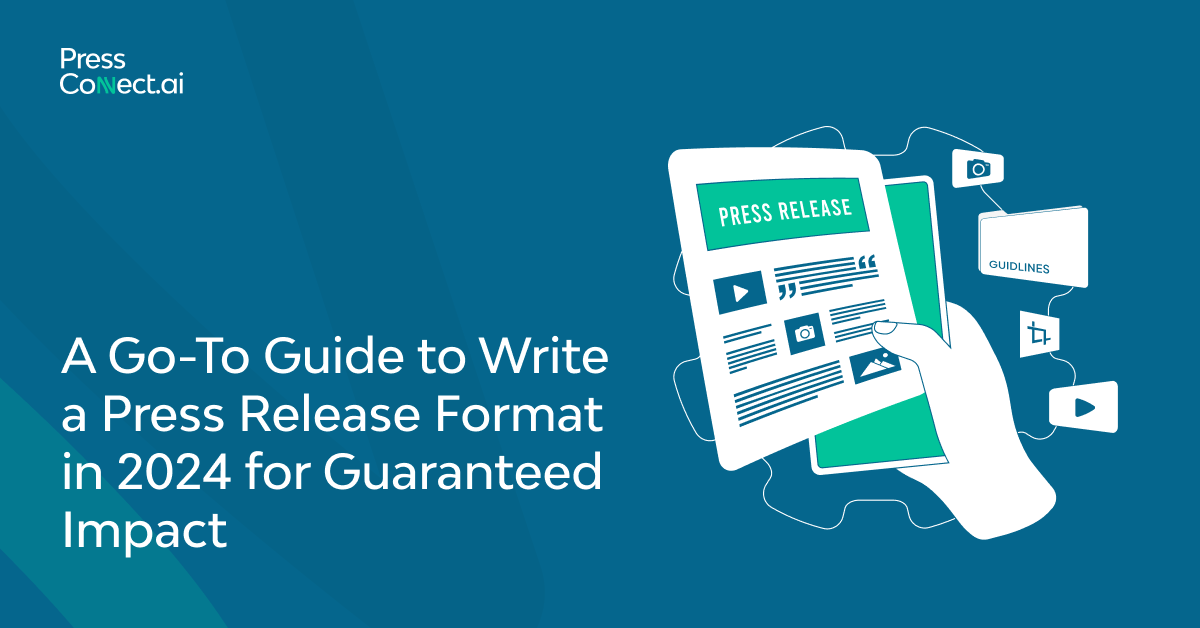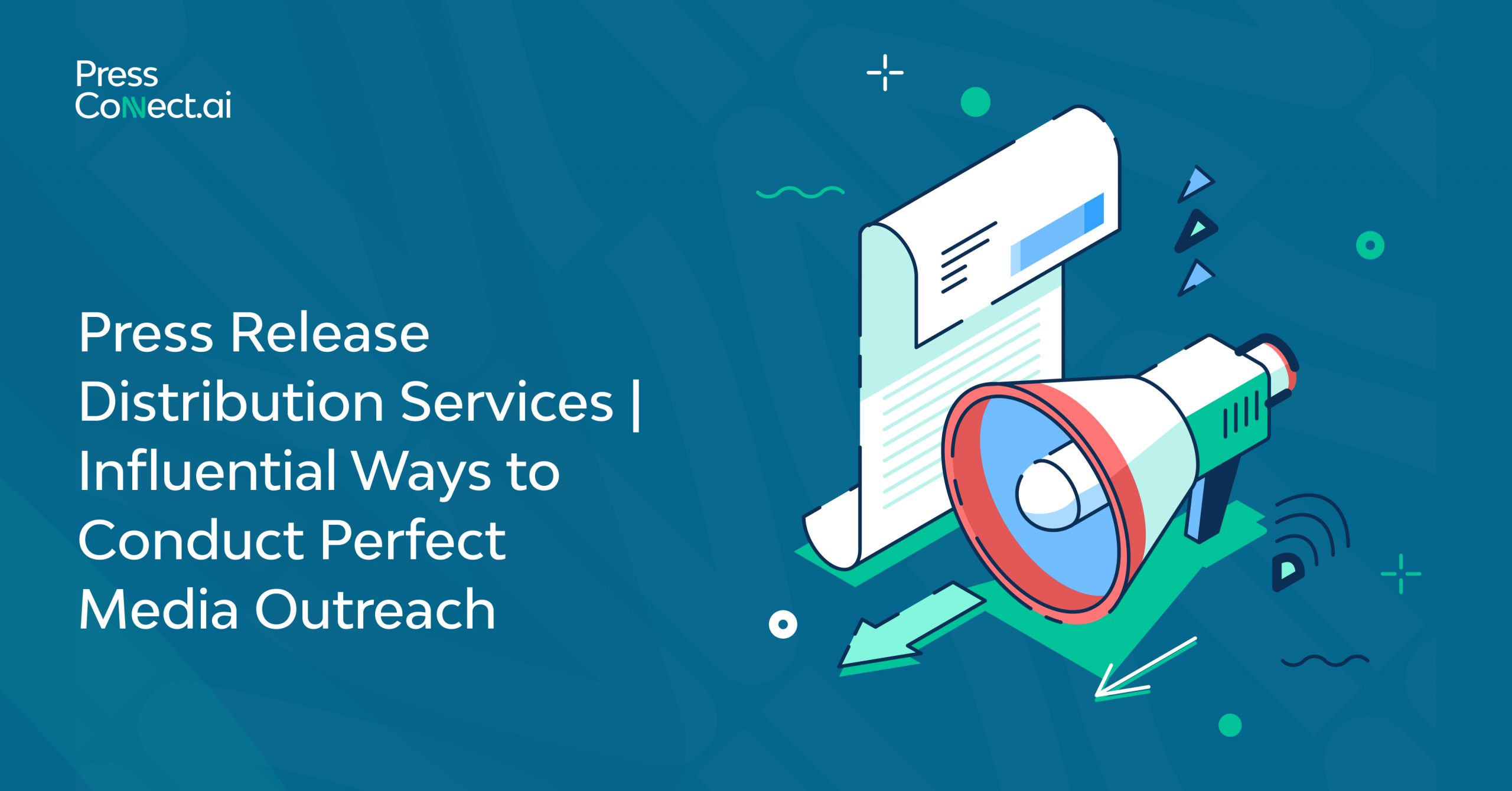How to Use an Event Press Release to Supercharge Your PR Coverage
The act of planning an event remains different from the process of obtaining audience interest in it. A skilled event press release acts like a confidential public relations tool for spreading awareness. The event press release operates as more than an official announcement because it operates as an intentional tool that builds excitement while enticing media investigation along with audience attention.
Modern-day communication approaches reveal that newspaper-specific press releases have become obsolete. The press release functions as a central PR foundation that helps both expand visibility and increase maximum reach. The strategic distribution and thoughtful creation of an event press release will generate media attention, drive audience attendance, and establish brand authority through one optimally structured document.
Your event press release maintains the capability to direct PR success and command media attention regardless of your goal, which may be product advancement, corporate training, or community engagement. What steps should you take to make your press release noticeable? Let’s break it down.
What Makes an Event Press Release Effective
Every week, journalists receive a large selection of press releases for publication. You need to create a release that stands out from other content. You create attention by designing the message to be both tightly organized and fun to read while grabbing total audience focus. A superior event press release needs to go beyond describing the scheduled tasks. It must spark genuine interest while inspiring readers to attend the report or pass the information to others.
-
Start With Clear, Concise Messaging
The public requires easy access to what your event offers. Your beginning lines should immediately show what the event involves and why people should be interested. You have one opportunity to establish interest and make people want to read further. Focus on describing the benefits your event delivers or the value it offers attendees at the beginning of your communication. Use direct and focused words to explain the message. Good PR depends on clear presentation in all text and messages.
Pro tip: Your message should be clear enough for visitors to understand your event within 10 seconds because failure to explain its basics quickly means they will leave.
-
Make a Headline That Stands Out Among Others
Your headline creates the first impression, so you must develop something people will stop and read. Choose words that describe how attendees will experience the event and point out its distinct features. Is it the first of its kind? Is the main speaker known for their work in the field? Does the subject align with present conditions and make fresh news? Use your headline text to grab attention and let its strength tell the event story, while sometimes adding a human touch.
Example: “Tech Giants Meet in Miami to Decode the Future of AI: Open Summit 2025 Announced”
Create a follow-up subheading that explains how the main point will expand upon the initial concept. This provides your only real chance to interest a journalist in reading the piece.
-
Include the Essential Event Details
Include relevant event details in the text so readers can find this information easily. Present all important details about the event before advancing to other sections. The announcement should list dates, times, physical or online locations, who will organize the event, and what activities participants can expect. Create easy-to-scan bulleted sections for better understanding.
Note the true purpose behind the event in your text. The event exists to mark a special occasion. Launch something new? Support a cause? Provide readers something more valuable than basic scheduling information.
Remember: The event information should be directly reusable by journalists and attendees through copy-and-paste actions.
-
Add a Compelling Quote
Frequent reactions from organizers and guests give your statement its authentic human tone. Their words communicate enthusiasm and backing with strong reasons for attendees to care about the event. A direct statement from the event leader or an esteemed speaker adds personal feelings to make the content easier for readers to connect with. Choose quotes that show your team’s ambitions and show the influence you expect to create.
Example: Founder Jane Doe explains that the brand aims to build both a product and a user movement that can protect their privacy.
An excellent quote can either gain your audience or lead them to choose someone else.
-
Use Multimedia to Make It Pop
The addition of useful images increases viewership and attracts more audience engagement. Include high-quality photography from past events along with official headshots of involved speakers, plus your organization’s logo and short editing to show potential readers what to expect. Your multimedia assets improve your story quality and help journalists publish without adjustments.
In addition to your text content, add Embed links to a central media library where journalists can download logos, photos, and videos. You display media knowledge and help the press save time with this move.
Visual content creates energy for your release, and adding it is essential.
-
Summarize Your Action Items Clearly to the Readers
Without providing clear directions at the end, your message will fail to create any desired action. The specific action you want readers to take must be transparent and easy to follow without obstacles.
Bad: “We hope to see you there!”
Better: “Register now at [event link] to secure your spot—seats are limited.”
Your press release effectiveness must continue its strength straight through to the end. Guide your audience along the path you have planned for them.
Strategic Timing and Distribution: Get It Out There at the Right Time, in the Right Way
A flawless event press release cannot yield results if you release it during improper periods or direct it to incorrect outlets. The outcome of your PR coverage depends completely on proper timing combined with strategic placement. The press release serves as a spark that needs proper circumstances to generate significant media attention.
-
Best Time to Send an Event Press Release
Creating a strategic time for your press release demands skills to match science’s requirements. When distributing your press release, you should target the two to three weeks before your event to provide journalists with enough time for planning and coverage. Your goal for print magazine features with prominent online partners requires you to reach out to them at least one month before the event date.
Sending your release at any random time will not produce the desired results. Professional media coverage increases when senders distribute press releases between 9 AM and 11 AM on Tuesday through Thursday throughout the week. The time period when editors and journalists display their highest levels of engagement and minimum levels of workload.
Too late, and it’s ignored.
-
Importance of Timing in Gaining Media Traction
Media outlets operate with stringent scheduling demands, which require releasing information they need several days in advance before they can structure their planning and author assignments as well as schedule social media distribution and email promotions. Your release faces limited success potential if it launches near the event date.
Your audience engagement will suffer when you release your content too late because it decreases their opportunities to respond through bookings or registrations or forward it to others. The media will adequately highlight your event through amplification once you provide enough time alongside a compelling “hook.”
-
Leveraging Social Media and Owned Media for Extended Reach
Your brand platforms function as PR beneficial assets that surpass the value of using media outlets alone. Distribute your press release or a condensed version on both your website and social media platforms, including your blog and LinkedIn, as well as Instagram and every site where your audience is present. Turn quotes into tweetable soundbites. Create countdown posts. The press release must be embedded inside the email newsletter.
Brand ambassadors, along with sponsors and event speakers, should receive requests to share your release with their followings. Their reach = your amplification.
Common Mistakes to Avoid: Keep Your Press Release on Point
Your event press release has the chance of securing coverage, but a minor mistake can prevent it from capturing media interest. The following four fast mistakes need to be avoided:
-
Sounding Too Salesy or Vague
Media want stories, not ads. Focus your press release exclusively on the distinctive features and contemporary and significant aspects that apply to your upcoming event.
-
Forgetting Key Details
Your press release requirements include essential information that never needs omitting, such as schedule dates, times, locations, and event registration procedures. The essential information included in a press release requires quick answers to the fundamental questions who, what, when, where, and why.
-
Sending It Too Late
Last-minute releases rarely get traction. Your press release should reach media outlets and audiences three weeks before the event start date for proper planning purposes.
-
Skipping the Follow-Up
The actual press release delivery represents an entry point. A last-minute email communication holds the potential to generate genuine media interest while establishing beneficial business-to-media relationships.
Let Press Connect Help You Do It Right
Creating compelling event press releases requires strategic thinking, while Press Connect provides the exact solution needed in this process. The Press Connect platform provides your event with complete support, including professional writing services for press releases as well as distribution solutions, follow-up outreach, and digital promotion. Avoid improvising your event publicity by letting your upcoming initiative capture media headlines.






